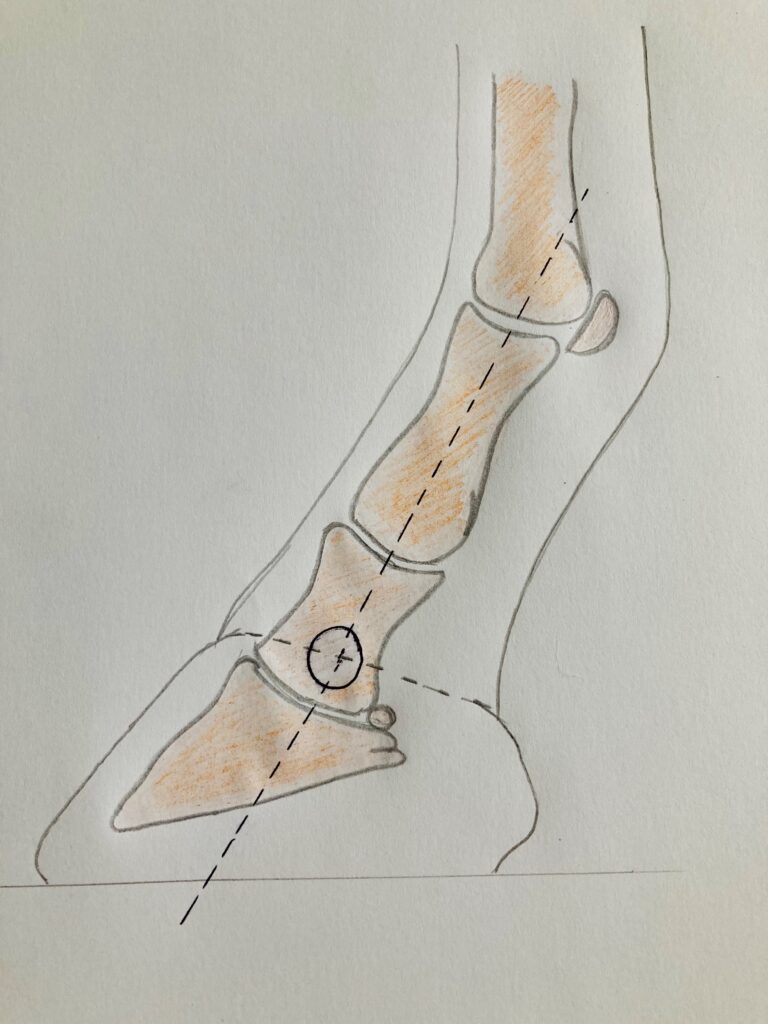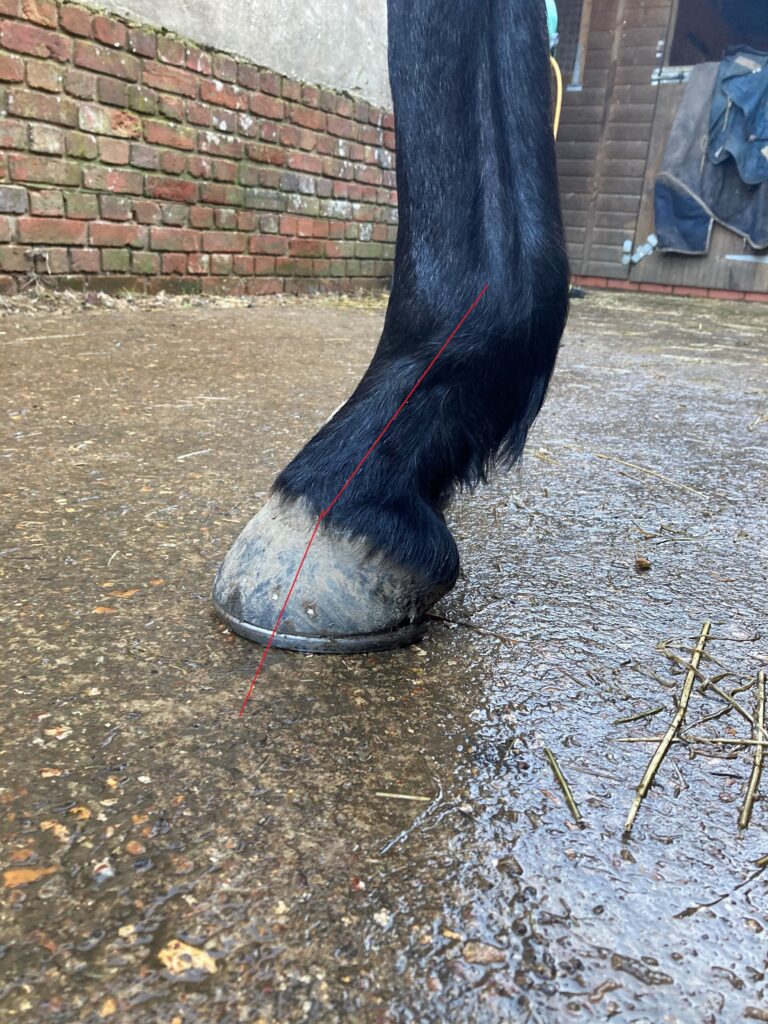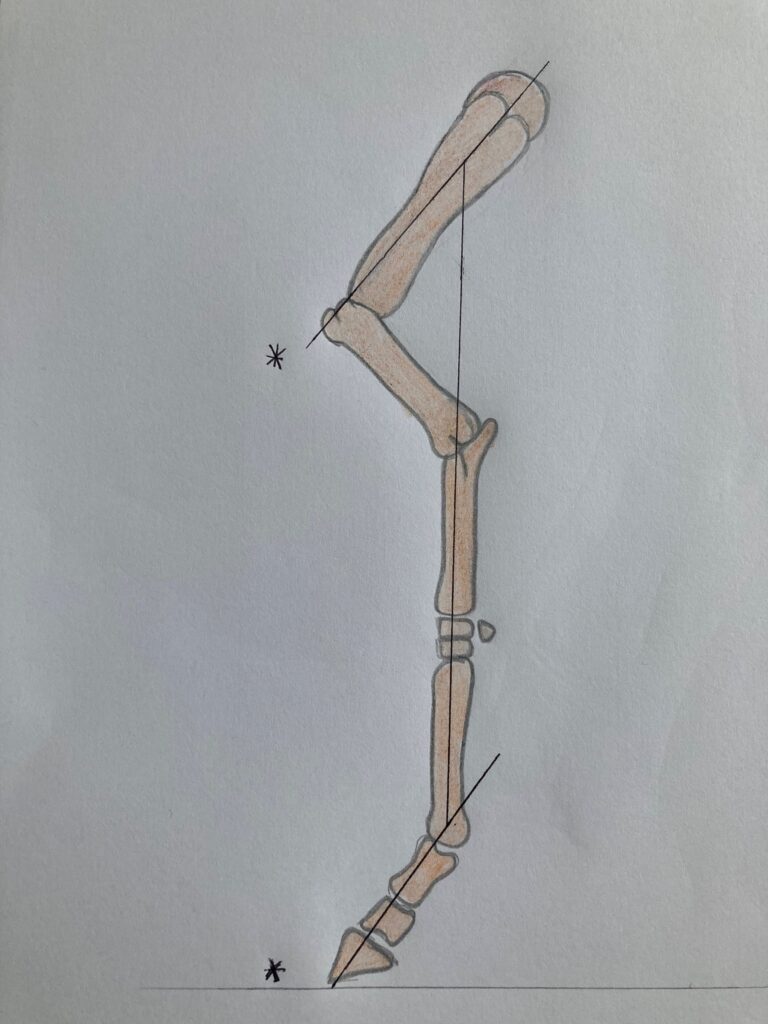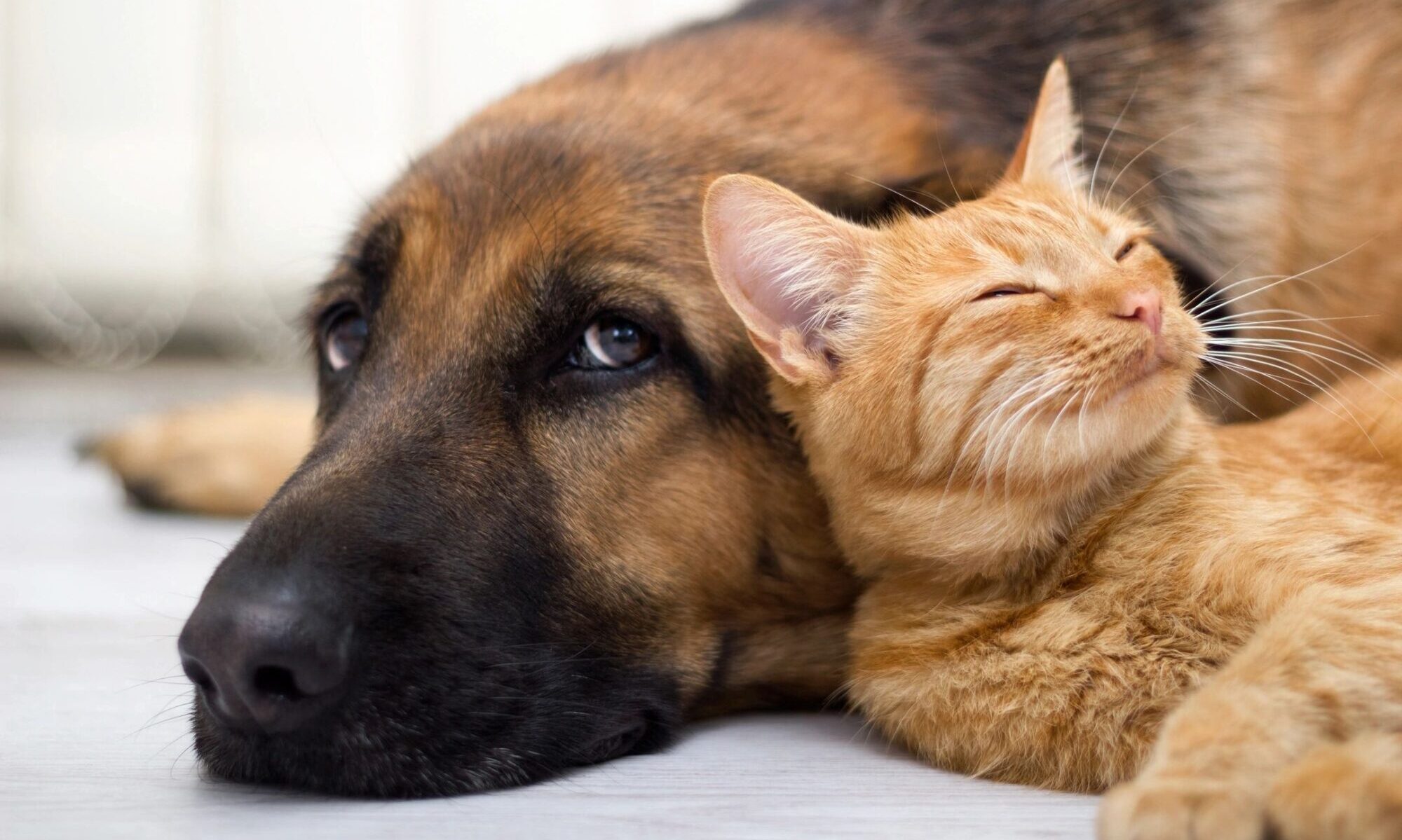Part of the Physiotherapist’s assessment is to observe the conformation of your horse, meaning their build, shape and structure. Assessing conformation allows the clinician to identify potential risk factors for injury, and part of the assessment includes looking at the Hoof Pastern Axis (HPA). Physiotherapists have a range of skills but working with your Farrier is key when it comes to hoof balance alongside working with your Vet – it’s all about that team approach!
So, the HPA describes the relationship between the pastern and the hoof. It’s important to note it does not show phalangeal alignment because an x-ray is needed to know this. HPA is assessed externally, as shown below. A line is drawn from the middle of the pastern down to the start of the hoof wall. A line is then drawn through the middle of the external hoof wall with the angle in between being the HPA.
The HPA can either be described as broken forward, straight or broken backward. The diagram below (left) shows how the HPA is assessed in relation to the bones in the lower leg and hoof. This diagram is not drawn to scale so it isn’t exact but it gives you an idea of how the HPA is observed from looking at the horse from the outside in. The photo on the right shows an example of when the HPA is broken forwards, but very mildly. Again this is to show you the idea compared to the left picture so measurements are not exact. But you can see the angle between the pastern and the hoof wall is slightly smaller, meaning the angle is pointing forward and therefore shows a broken forwards HPA.


So what does this all mean?
Understanding the effects of the HPA can help your Vet, Farrier and Physiotherapist understand what might be causing lameness or behaviour changes, and the most appropriate management choice.
In a broken forward HPA the strain is placed on to the extensor tendons (at the front of the lower leg). This does not directly affect the horse much, but it can result in tissue injury of the hoof capsule and could affect the integrity of the hoof wall itself. The lack of load on the heels creates contraction and an atrophied frog also. The muscles of the flexors (at the back of the leg) may start to shorten, which can affect the stance of your horse. It’s important to note effects are all different and dependent on the severity of the HPA (Logie, 2017).
In a broken backward HPA (opposite to the picture above – the horse will have a longer toe) the force is placed on the flexor tendons (tendons in the back of the lower leg) which is transmitted as pressure into the navicular region. The horse may try to alleviate this pressure by changing its stance. The hoof capsule can then be overloaded. (Logie, 2017).
If the hoof is broken forward or backward the theory is that it induces rotation of the bone in the hoof (DIP joint). With the pastern and the hoof aligned, it allows for an equilibrium of forces therefore reducing tendon and joint overload.
So what is the ideal?
Every horse is different and effects of the HPA are dependent on what you use your horse for and the degree of the HPA. Below is a diagram showing the ideal (if there ever was one!). But the idea is if the shoulder angle and HPA is the same, therefore optimal loading will occur from to top to bottom and vice versa. This helping to maintain hoof health and reduce concussion forces through the forelimb.

But the moral of the story is your Vet, Farrier and Physiotherapist will all have an awareness of the effects of the HPA and management strategies for it, if needed. For Physio’s it helps us understand what biomechanical and physiological effects might be happening on the surrounding soft tissue and bones. The farrier is able to manage these conditions with a range of specialist skills and they are a wealth of knowledge for us physios when it comes to keeping your horse’s limb alignment in optimal condition, ultimately so you can enjoy your partners in crime. If you want more information or you want to share your stories you might have experienced with your own horse ,please get in contact.
Sharing knowledge and experience is how we all keep learning!
